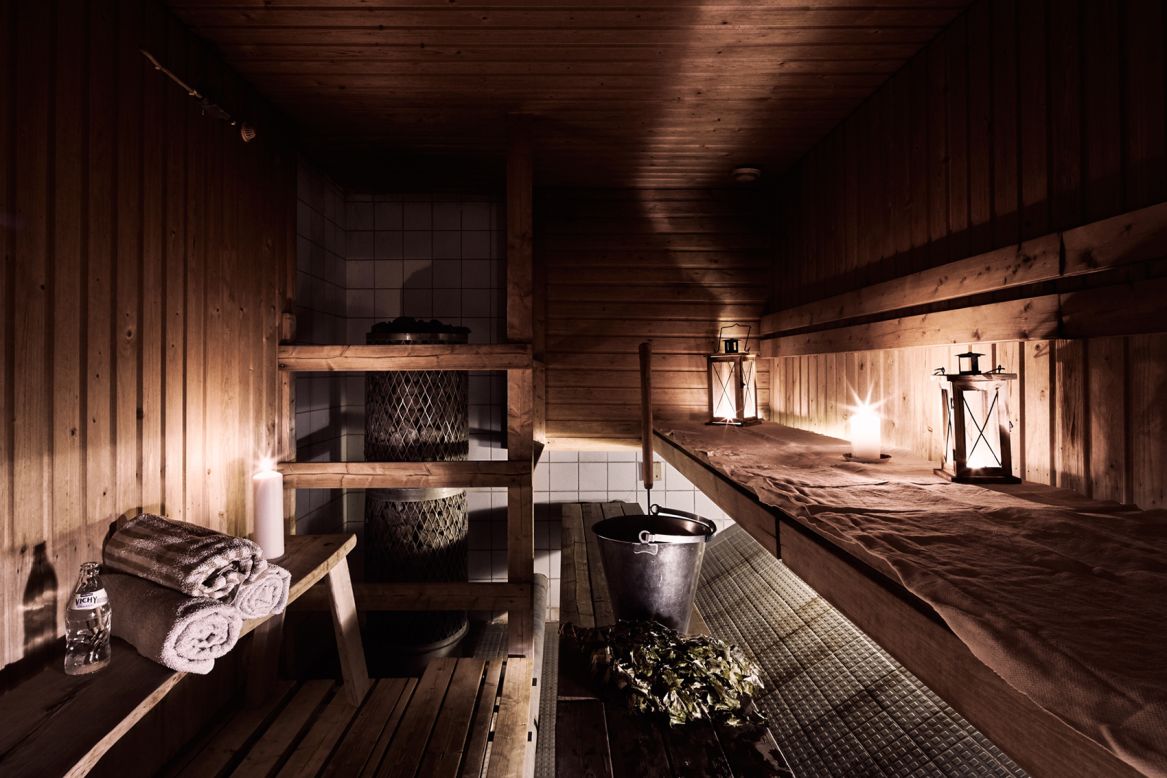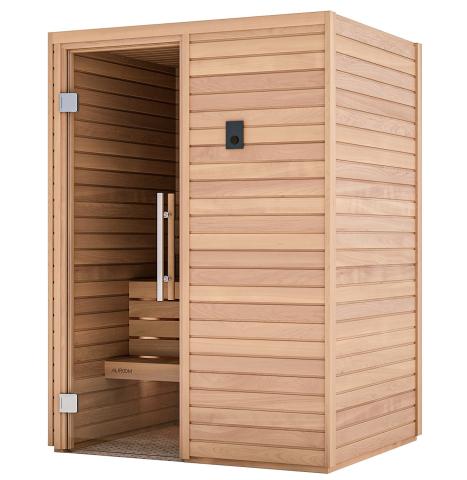The 8-Second Trick For Traditional Sauna
The 8-Second Trick For Traditional Sauna
Blog Article
Not known Facts About Traditional Sauna
Table of ContentsGetting My Traditional Sauna To WorkThe 6-Minute Rule for Traditional SaunaTraditional Sauna - The FactsThe Traditional Sauna Ideas
The majority of the weight lost in a sauna is water loss and is re-gained upon rehydrating. Nevertheless, undoubtedly sauna can be a fundamental part of a healthy weight loss program. To consider the distinctions in between conventional and IR saunas, I will divide these right into proven, theoretical, and fabricated distinctions.Therefore, the most popular point in the saunawhich goes to the ceiling straight above the sauna heateris usually between 185 and 190 F. Traditional Sauna. Claims that a conventional sauna exceeds 200 F is merely not real and not appropriate for electric saunas marketed in the US. The temperature for a far-infrared sauna is usually established in between 120 and 140 F; nevertheless, unlike the conventional sauna, the goal in and IR space is not to achieve a heat
As a result of this, the temperature level difference is virtually pointless, because profuse sweating causes both sauna types, but the approach of heating up the body is different. In an IR sauna the bather will certainly feel warm and will sweat a lot, but at a lot lower temperature levels. Therefore, if the goal is to invest longer amount of times in the sauna, the IR sauna is a good selection.

Some Known Factual Statements About Traditional Sauna
When the high temperature level is accomplished, the components cycle on and off to preserve the high temperature level. A lot of traditional sauna individuals enjoy pouring water over the rocks to produce vapor to elevate sauna moisture degrees. The advantages of putting water over the rocks consist of: making the space extra comfy, dampening the nasal flows, and allowing the usage of aromatherapy by mixing necessary oils with the water.
In a far-infrared sauna, the warm front pass through the body to properly heat up the body and elevate the body core temperature. To attain this increased temperature level, Far-infrared emitters develop infrared power which is close to the very same wavelength as that which the body normally emitsoften referred to as the "Important Range" of 7 to 14 microns), so the power is well obtained by the body.
When the energy enters the body, it causes the body temperature level to raise and inevitably leads to sweating. In an infrared sauna it's crucial for the emitters/heaters to remain on almost constantly. Since there is no mass of rocks to preserve warmth, the sauna will certainly cool if the emitters shut down.
As stated above, the sauna bather in an infrared room desires to position himself read here in front of running emitters to obtain optimal take advantage of the warmth. The home heating time for the 2 rooms can be very different, depending on how the spaces are used. For a standard sauna, a bather needs to allow 30-40 minutes for the room to accomplish a preferred temperature level and to properly pre-heat the rocks.
The smart Trick of Traditional Sauna That Nobody is Talking About
A well created sauna will usually attain a temperature of 150-160 F in regarding 30-40 mins (Traditional Sauna). For hotter temperatures, the space might need to warmth for a longer duration. Once the space attains set temperature level, the heater will certainly cycle on and off, generally running about 50% of the time. The insulated wall surfaces and the heated rocks will certainly maintain the area hot and at steady temperature levels.
To some, 15 minutes was "squandered" while the infrared energy heated up the timber panels instead of heating a body, while others find a pre-heated area to be extra comfortable and believe an elevated beginning temperature level is necessary to begin perspiring. The length of recommended usage for every space is around the exact same (10-15 minutes per session); nonetheless, due to the reduced air temperature levels and the capacity to really feel the results of infrared warm much faster than a traditional sauna, it is not uncommon for an individual to invest a total amount of 20-30 mins in click reference an infrared sauna.
Traditional saunas tend to be bigger (therefore utilize even more electrical energy) than infrared saunas, although conventional saunas are certainly offered in one and two person sizes. For a two-person traditional sauna, 5x6 or 5x7 size is most preferred. The top bench can comfortably seat two or three people and is also enough time to rest throughout the sauna session.


The typical cost per kWH of power in the U.S. is approximately $0.11, so a 4.5 kW heating unit will set you back around $.50 to run for one hour, if the heater runs constantly for one hour. Usually a sauna heater will certainly run for 75% of the very first hour and 50% of subsequent hours on considering that the elements cycle once the set temperature level is achieved.
About Traditional Sauna
A two person far-infrared room is normally literally smaller sized than a conventional sauna, typically concerning 4' x 4' or smaller sized. The IR heater is typically 1.5-1.7 kW using a 120 volt 15 amp plug-in service. Since the space can be utilized earlier than a sauna area, we will certainly think the area is made use of for to of an hour consisting of warmth up time.
There is a rarely gone over difference in the social experience between the two rooms. While our society has actually shed a few of the social benefit of the conventional sauna experience, it can be very socially gratifying. From family time in the sauna, to heart-felt conversations with significant others, to sauna partiesthe typical sauna experience can bring about her response intimate interacting socially.
Most higher end infrared spaces consist of tinted light therapy, audio systems and full-glass fronts. The dimension of the majority of areas enable for 2 people to comfortably make use of the area, while some styles may enable a 3rd or 4th individual to utilize the space. Customized infrared rooms are additionally offered, with room dimensions offered up to 7' x 8' x 7' high.
Report this page